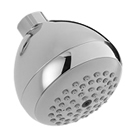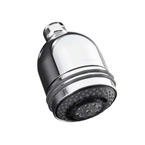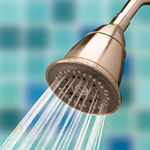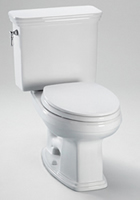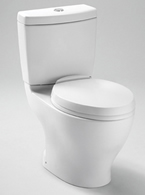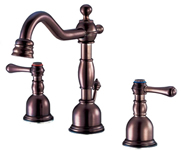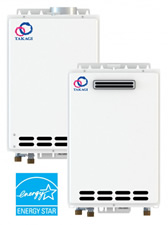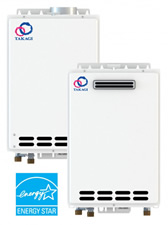Going Green in Your Family Bath
The number of families looking to make their homes more eco-friendly is growing exponentially. With more and more homeowners concerned with such issues as global warming, deforestation, pollution, carbon emissions, and conservation of our natural resources, the plumbing industry has evolved to share those concerns by building environmentally sound plumbing products and fixtures for your home. These products are not only produced using manufacturing practices that do the least harm to the planet, but they are also engineered to save energy, conserve water, and lower your monthly bills.
One area of the home that can easily be converted for "green plumbing" is the family bathroom. Our bathrooms are among the most used spots in the home, and it is in the bathroom that much of the water that is used in your home goes down the drain. Let's take a look at how you can optimize your bathroom plumbing for your new eco-lifestyle.
Green Showers
The shower. Your home's shower(s) is a major water wasting culprit. The average shower lasts around five minutes. If your home has an older showerhead or high flow shower head, each five minute shower that you take uses up around 40 gallons of water. For a family of four, that's 58,400 gallons of water used per year just for a quick shower each day. Replacing your shower head with a newer model that is manufactured under new federal regulations that require less than 2.5 gallons of water to be used per minute can save a family of four over 40,000 gallons of water per year. And the shorter the shower, the more water you conserve. In fact, reducing your time in the shower each day by just one minute will save you an extra 1,000 gallons per year. There are also low flow showerheads on the market today that use as little as 1.5 gallons per minute (such as the Kohler Forte shower head series that afford up to 30% water savings). Now that's significant.
Green Toilets
The toilet is another hot spot for wasted water, and millions of gallons of unnecessarily wasted water is flushed down America's toilets each year, thanks to old and ineffective toilets. Toilets that were installed prior to 1994 use almost four gallons of water per flush. Wow, that's a lot of water over the course of a year. Newer, green toilet models use as little as 1.3 gallons of water per flush. Look for a toilet that is considered high efficiency; many of these toilets will meet the Water Sense rating that is issued by the Environmental Protection Agency (EPA), and use as little as 1.28 gallons of water per flush.
Green Faucets
Ever wonder just how much water runs down the drain when you leave the faucet on while brushing your teeth or shaving? The average person wastes five gallons of water each time they brush and ten gallons each time they shave. If you are brushing three times daily, that's 15 gallons of water wasted each day, or nearly 6,000 gallons per year. While leaving the sink off while brushing is a good idea, so are the new greener faucets (like the Moen 8301 electronic faucet) that have electronic sensors to come on and off as needed. Installing one of these eco-friendly faucets in your family's bath can save tons of water.
Greener Water Heaters
Grandma always told us to turn the lights off when not in use, and the same basic concept can be applied to the way that we heat the water that we use in our homes. Although the technology didn't exist in Grandma's day, new greener water heaters are tankless - and water is heated only upon demand (like the Takagi TK-3N Flash tankless water heater). That means that you're not going to pay to keep (often) hundreds of gallons of water hot and ready, but you'll have hot water when you needed. In fact, tankless water heaters that heat water only as it is needed never run out of hot water. Tankless water heaters also take up less floor space and can cut your utility bills by up to 50%.
More Tips on Going Green in the Bath
Let's look at some general tips for conserving the earth's valuable water supply that can save you money, too.
- Fix leaks fast. A small, almost unnoticeable leaky faucet or toilet leak can really add up to a significant amount of wasted water. In fact, a very small leak of around two tablespoons per minute equals water wasted at the rate of fifteen gallons per day, which is over 5,000 gallon in a year's time.
- Use this test to check for leaks in your toilet: add a few drops of food coloring to your toilet's tank, wait around ten minutes. Does the color appear in the bowl without flushing? If so, then you have a leak. Find and repair it immediately.
- Don't use your toilet to flush away tissues or (ugh) cigarettes. Use a wastebasket or other appropriate receptacle to save even more water.
- Install inexpensive aerators in your bathroom faucet to cut down on water used during hand washing.
- Use your bath towels more than once. After all, you're clean when you dry off, aren't you? Many households will have a particular towel for each household member, and that member should use their towel at least twice before tossing it into the laundry. Great way to cut down on the use of water, energy to wash towels, and detergent (which ends up in our wastewater and can be harmful).
|
|



